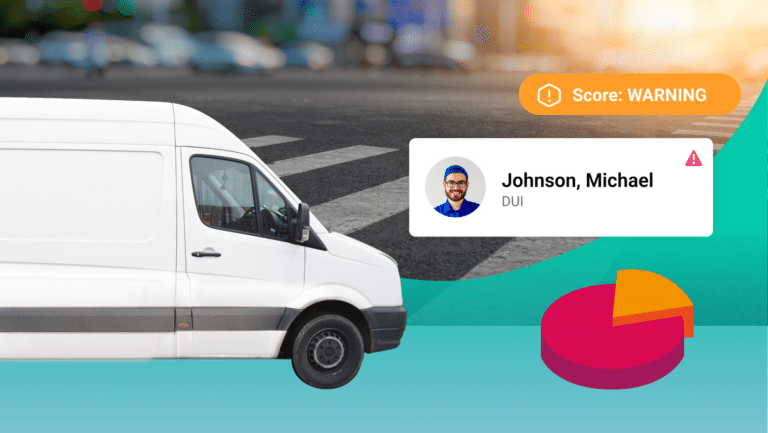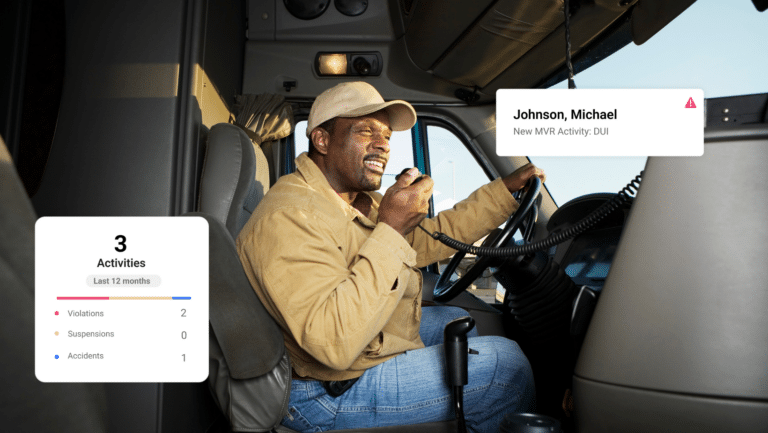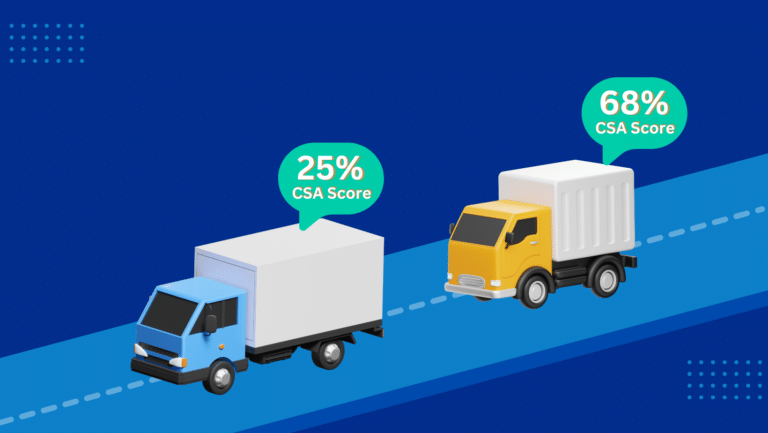Creating a Driver Incentive Program That Works

What if rewarding good driving could reduce crashes, lower insurance costs, and improve retention? Fleets implementing driver incentive programs report up to 22% fewer safety incidents and higher driver satisfaction.
Whether it’s a shout-out, extra PTO, or a quarterly bonus, acknowledging top performance isn’t just a morale boost; it’s a proven safety strategy. If you’re looking to reduce risk and improve compliance, a well-crafted incentive program is the place to start. Let’s dive in!
What Is a Driver Incentive Program?
A driver incentive program is designed to recognize and reward drivers who meet key performance, safety, or compliance benchmarks. By encouraging behaviors like safe driving, zero MVR violations, fuel efficiency, and on-time deliveries, these programs help reduce risk, improve driver performance, and lower operational costs.
Getting Started With Your Program
Define Clear Goals
Start by identifying your top priorities, whether it’s improving safety scores, reducing preventable incidents, or meeting delivery deadlines. Keep it simple, measurable, and aligned with your safety and operations strategy.
Here are common goals in driver safety incentive programs:
- Accident-free driving
- Clean Motor Vehicle Records (MVRs)
- On-time deliveries
- Fuel efficiency
- Zero Hours of Service (HOS) violations
Back It with Real-Time Data
The quality of the data behind a driver incentive program is what ultimately makes it fair and effective.
Take MVR Monitoring technology as an example: With continuous access to real-time driver record updates, you can confidently reward drivers who maintain a “green” MVR score, meaning they have no recent violations, suspensions, or license-related issues. This ensures that recognition is based on verified, up-to-date compliance, not assumptions or outdated reports.

Design for Sustainability, Not Just Excitement
A common pitfall in driver incentive programs is focusing only on short-term rewards. While monthly contests or bonuses can boost morale briefly, they don’t always produce lasting behavior change.
Instead, consider a rolling points system that builds over time. Drivers can accumulate points toward quarterly or annual rewards based on consistent performance, encouraging long-term habits, not just quick wins.
Keep the system simple, transparent, and accessible. Whether it’s through a driver portal or regular performance meetings, drivers should always know where they stand.
Choose Incentives That Actually Motivate
Cash rewards are great, but not your only option. Many fleets have seen success by offering paid time off, fuel cards, branded gear, or the chance to choose preferred routes or schedules.
Recognition can be just as powerful. Featuring drivers in company meetings, newsletters, or social media builds pride and reinforces positive behavior across the fleet.
What matters most is that the incentives feel fair and valuable to your team. If you’re unsure, ask. Driver feedback is a critical part of building a successful program.
Review, Adjust, and Improve Your Driver Incentive Program
A driver incentive program isn’t “set it and forget it.” Review your results regularly: Are safety incidents decreasing? Are more drivers hitting compliance benchmarks? Are the rewards driving engagement?
Be ready to tweak goals, improve communication, or test new reward formats based on what the data and your drivers tell you.
Incentives Work Best When Culture Leads
Driver turnover, safety violations, and disengagement don’t fix themselves. But with the right structure, incentives can do more than just reward; they can reinforce a culture of responsibility, recognition, and road safety.
Whether you’re starting from scratch or refreshing a stale program, focus on setting clear goals, grounding them in data, rewarding what matters, and listening to your drivers.
Need a jumpstart?
Ask us how continuous MVR Monitoring can power your incentive program with near real-time insights.






